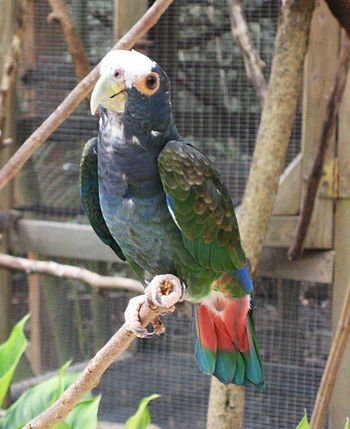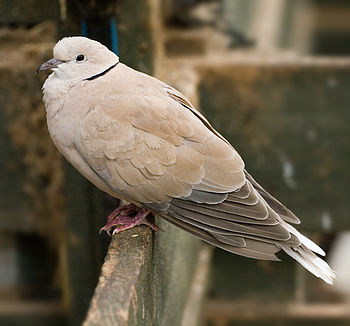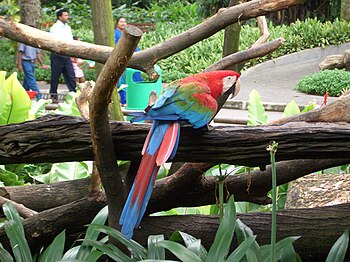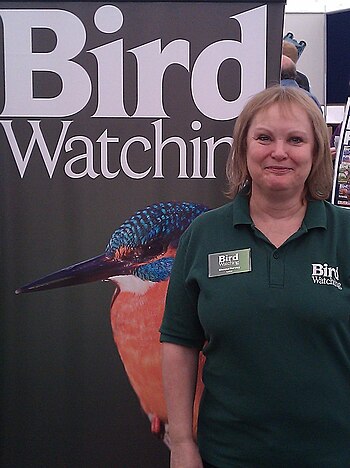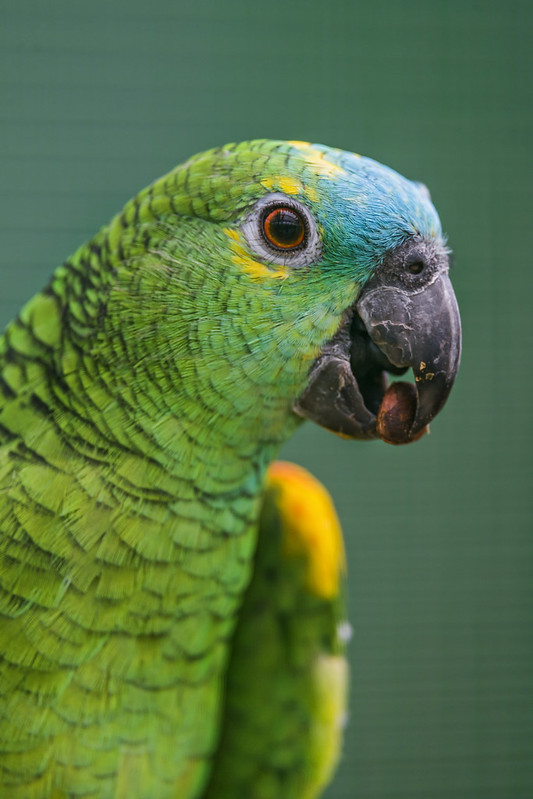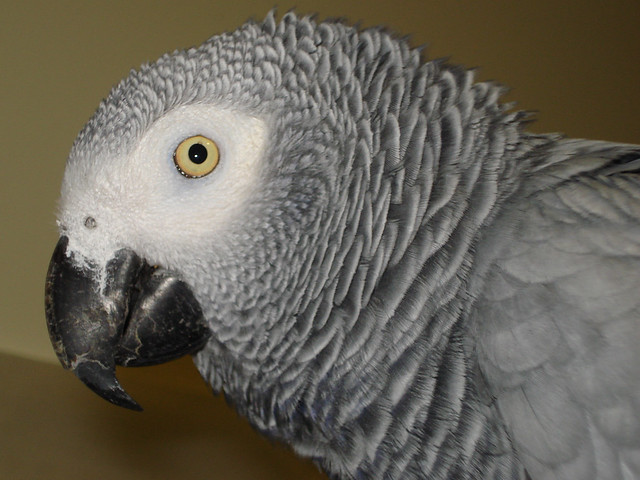 |
| An Orange-winged Amazon at Kuala Lumpur Bird Park, Malaysia. (Photo credit: Wikipedia) |
Bird lovers know that these inquisitive and social creatures make ideal pets that can provide plenty of entertainment and companionship. While all birds need basic housing, nutritious food and plenty of watchful care, it is important to understand the features that are unique to each species that may affect their health and happiness. Whether you are considering a pet bird or already have one of your own, check out these interesting tidbits about birds that can provide more insight into their behavior.
Birds Can Outlive Their Owner
Before choosing a bird as a pet, it is important for you to know that many birds have extremely long lifespans. Canaries, budgies, and lovebirds can all live eight years or more, and macaws and cockatoos can live well beyond 40 years. For this reason, many bird owners appoint a guardian for their bird to ensure continuous care in the event that it outlives them.
Mushrooms are Harmful to Birds
While you can watch as your pet bird happily gobbles up many of the fresh fruits and vegetables that you put on your plate, it may come as a surprise that certain foods are on the forbidden list. Mushrooms are one that can be especially dangerous because the stems and caps of certain types have led to liver failure in birds. They also cause digestive disorders in parrots.
Birds Use Body Language to Communicate
Most pet owners are familiar with common actions performed by dogs and cats to communicate with their companions, but birds also convey emotions through shifting their feathers and assuming a specific stance. For example, loose, ruffled feathers may mean that a bird is happy; however, flared wings or shoulders may mean that a bird is either getting ready to fight or interested in courting. Many people are also surprised to find that birds will sometimes wag their tails as a greeting to their owner.
Even Small Birds Eat a Lot
When observing birds, it is easy to notice that it seems they are always eating. Whether they are outdoors eating small insects or a pet consuming their nutritious feed, it is necessary for a bird to eat at least half their body weight each day to be able to survive. Pet owners should be conscious of this fact so that they can plan their bird's feeding routine accordingly. Birds also prefer variety in their diet so include the occasional treat in your pet's bowl.
Sensory Stimulation is Important for Happiness
Due to the social nature of birds, it is critical to provide them with constant stimulation that they can use to keep boredom at bay and find comfort. Colorful toys, jingle bells, and climbing structures can all enhance a bird's cage. Birds also notice a change in their environment so you may want to trade out toys from time to time. If you must leave your bird alone during the day, use a radio or television to provide auditory stimulation that is similar to social conversations.
Interacting with your bird regularly has its share of rewards. Through chirps, mimicking and even repeating words, this pet can show happiness and forge a long-lasting bond with its owner. Understanding and responding to the finer nuances that make birds unique will enhance your relationship with your favorite avian companion while safeguarding their health and longevity.

